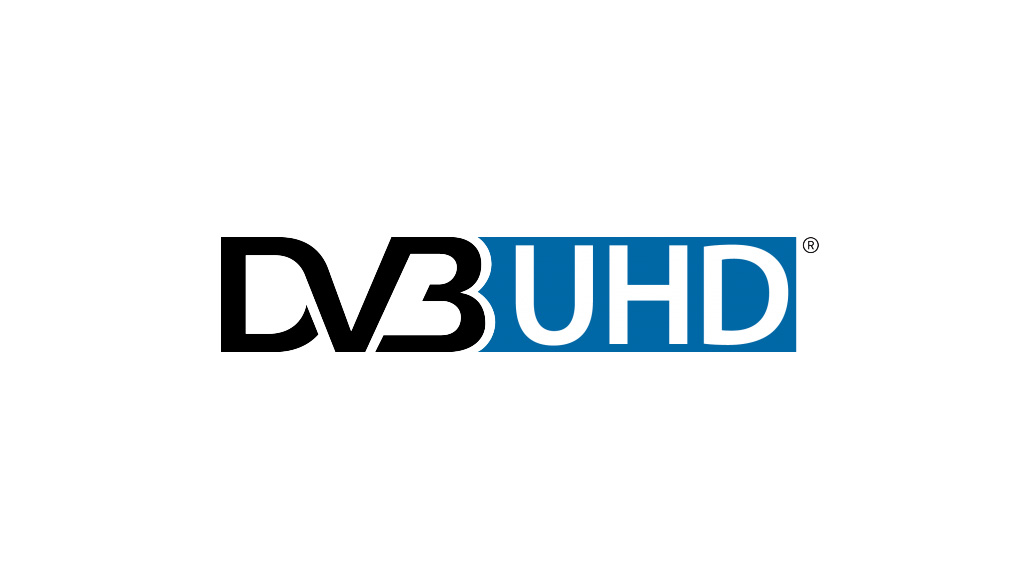The DVB consortium has approved the latest specification for ultra-high-definition television, UHD-1 Phase 2. It includes features to provide high dynamic range and higher frame rates, as well as next generation audio schemes. These features can also be combined with high-definition resolutions. The first services compatible with the new specification could be available from 2017.
The DVB specification supports both the Hybrid Log Gamma or HLG and the Perceptual Quantizer or PQ versions of high dynamic range. It also defines higher frame rates, going beyond 50 or 60 Hz to 100 or 120 Hz. There is also support for object or scene-based audio schemes, which could potentially enable custom audio mixes.
“DVB views the Phase 2 specification as a key enabler for exciting products and services,” said its chairman, Peter MacAvock.
The specification has been published as a revision to BlueBook A157 and will be passed to ETSI for formal publication as an update to TS 101 154.

The specification involved over 30 companies and other interested parties participating in 14 meetings over three years. Some might question how it could possibly take so long, but those involved in such standards activities will appreciate how complex the process can be.
“When they draw up the history of television, the agreement by the DVB steering board to the UHD-1 Phase 2 specification will surely be writ large,” said David Wood, chair of the group that worked on the specification. “It marks the culmination of many years work by scores of DVB member engineers, and is probably the tipping point for the new age of UHDTV.”
Early ultra-high-definition television services in Europe have used UHD-1 Phase 1 specifications. Some have been waiting for aspects such as high dynamic range to be standardised. That does not necessarily mean that previously marketed displays will be compatible.
The next challenge will be UHD-2, which provides for 8K or 7680×4320 pixels. Services are already planned in Japan in anticipation of the 2020 Tokyo Olympic Games.
Meanwhile, some broadcasters may decide to adopt features such as high dynamic range, progressive scanning and higher frame rates for high definition services, potentially adding to consumer confusion.
